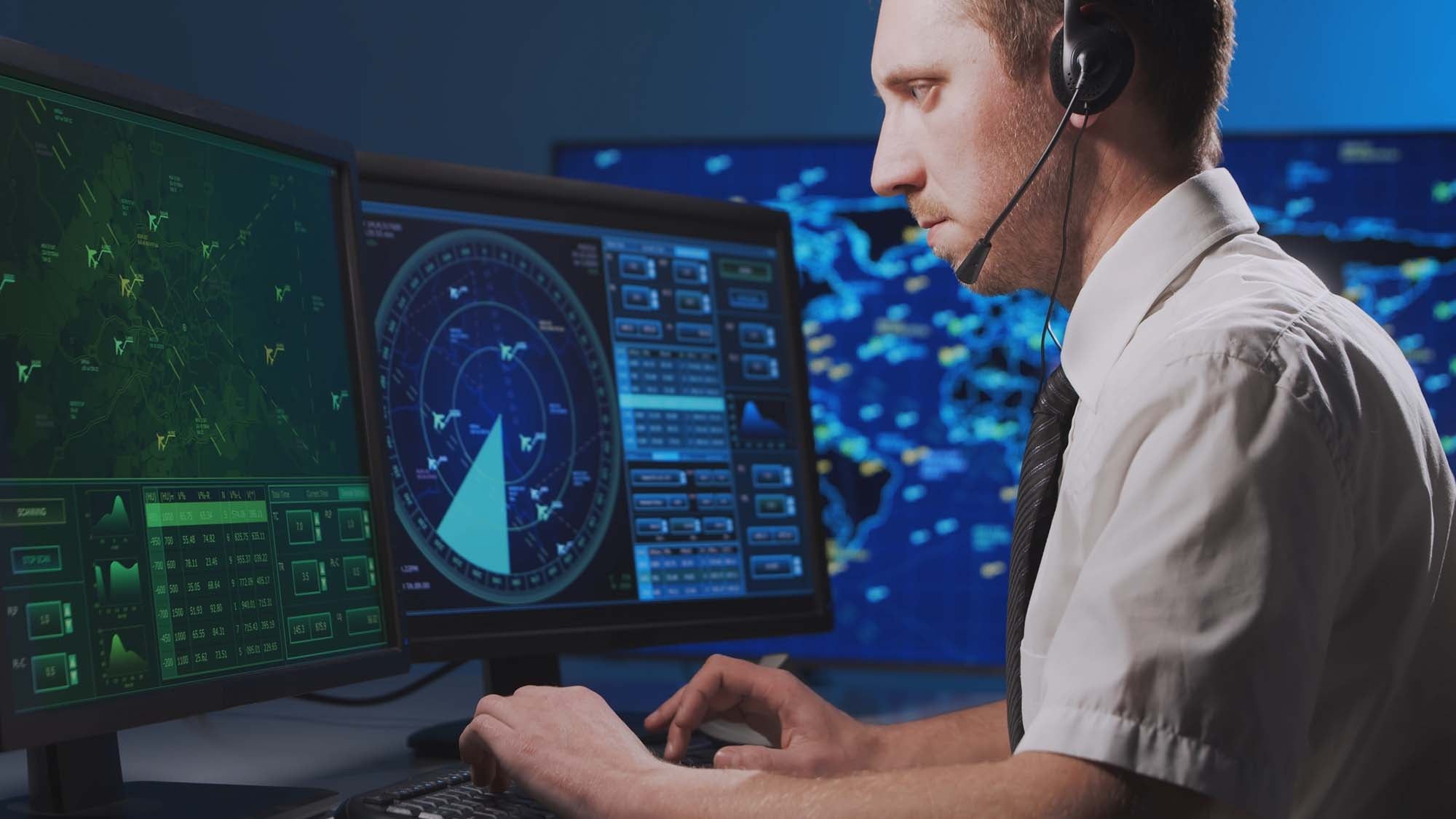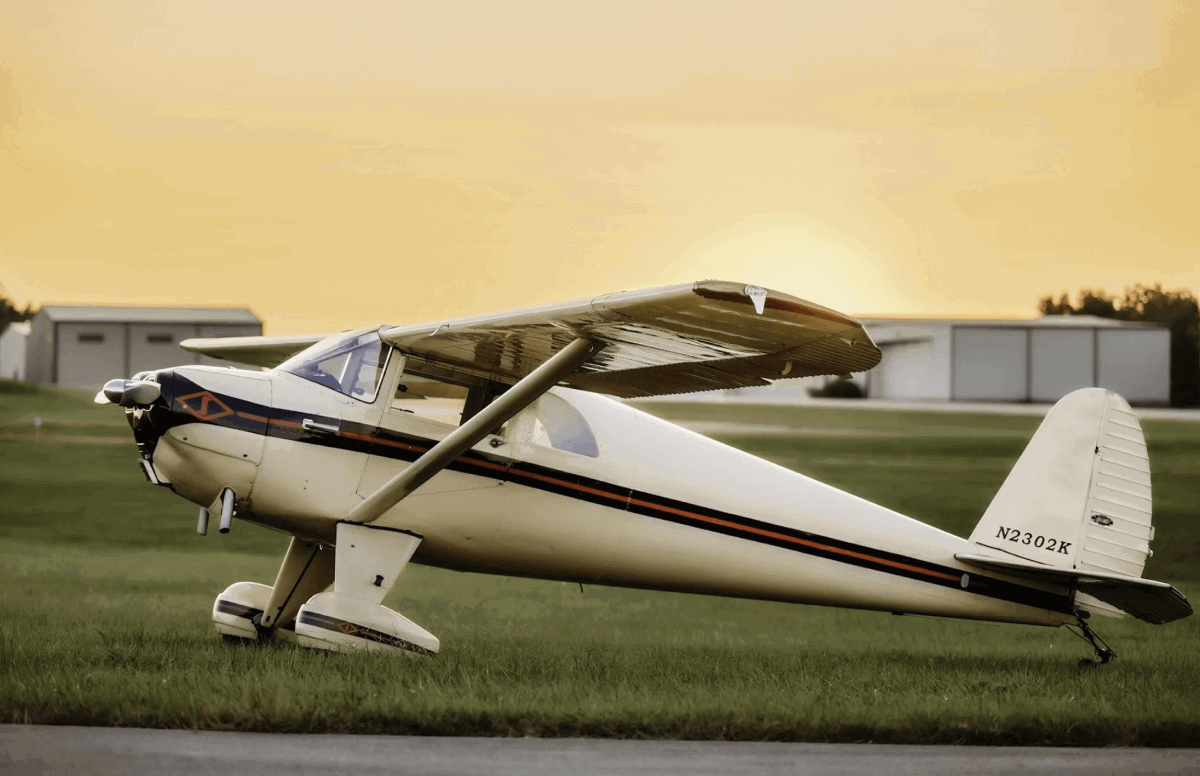a picture is worth a thousand words, they say. But a recent crash shows you shouldn’t always trust a picture, even if it’s a compelling next-generation digital color presentation.
The pilot had planned a day trip for himself and two passengers from Myerstown, Pennsylvania, to Washington, Indiana. The outbound trip was apparently uneventful. They conducted church business in Indiana and were now returning home.
The Piper PA-32 Saratoga left the Daviess County Airport (KDCY) in Indiana, a little before 4 p.m. on August 11, 2022, heading to the Deck Airport (K9D4) in Pennsylvania. With over 500 nm to go, the Piper climbed to 9,500 feet msl and settled into an easterly heading.
Saratogas are fine planes for this type of cross-country. They are stretched Piper Cherokees, with six seats, fixed gear, and a 300 hp engine. Originally called a Cherokee Six, the name was changed to the more upscale-sounding Saratoga. This blue-and-white 1980 model had about 4,500 hours on the airframe and was nicely equipped with updated avionics and autopilot.

The private pilot had 380 hours, with over 200 of those in PA-32s. He didn’t have an instrument rating. Of course, you don’t need one to fly cross-country, or to use advanced avionics, but it would make these sorts of business cross-countries less susceptible to some weather delays. And this summer afternoon did have weather.
A low-pressure system was just north of New York, creating a well-defined cold front. A long line of storms, with varying areas of light, moderate, heavy, and extreme precipitation, ran between KDCY and K9D4. Tops were up at 38,000 feet. The National Weather Service had issued several written alerts that afternoon, including a center weather advisory and convective SIGMETs.
What the pilot knew of these is unknown. There’s no record of him contacting Leidos, ForeFlight, or any other third-party vendor using the Flight Service weather briefing system. The Saratoga, like most single-engine piston aircraft, was not equipped with a weather radar dish. While the gold standard for avoiding storms, the equipment is heavy and expensive.
What it did have was a Stormscope WX-500 (that displays lighting in real-time) with Garmin GNS 430- and GNS 530-integrated GPS, navigation, and communication boxes. The Garmin units included NEXRAD graphic displays of ground weather radar returns. It’s a fantastic system, providing a color picture of a computer composite of ground radar returns, but it’s not a real-time presentation. There’s always some time lag. We don’t know what the various devices were showing the pilot or what the weather looked like out the window.
We do, however, know his thought process and his plan. He was in contact with Cleveland Center Air Traffic Control and told them on the radio: “I’m looking at my NEXRAD here, and I’m thinking about doing a 30-degree left right now to get over the top side of this stuff. What does it look like at your end?”
ATC: “I’m showing some slight gaps in that, but the whole line off your left-hand side is moderate to heavy, with pockets of extreme. So there are maybe some slight gaps. I’m just not real sure if they are in fact gaps from your point of view. But whatever you think looks good, just let me know if you need anything.”
Pilot: “I appreciate the help.”
Nine minutes later, the pilot radioed: “Hey, center, 720RP, gonna deviate about 20 left and…see if we can punch through the tops of this thing.”
ATC: “720RP, roger, I’m showing moderate heavy to extreme precipitation just off your left wing there with the small gap at your 12 o’clock and about 5 miles.”
The plane turned left. For several minutes, ATC and other aircraft talk on the frequency—mostly routine transmissions and deviations around storms.
ATC: “720RP, how’s it going through that weather?”
ATC: “N720RP, Cleveland.”
ATC: “N720RP, Cleveland.”
The controller polls other ATC positions to find out if they’ve seen or heard from the Piper. He has a Delta airliner call on the ATC frequency and on guard (121.5) with no success. At the next position change briefing, after discussing the IFR traffic, the controller said there is a “little guy” down at 9,500, “and he dropped off… I tried everything.”

The Saratoga had crashed two minutes after its last transmission. It flew into extreme precipitation, then started a steep, descending right turn to the ground. Local emergency services found the fuselage about an hour later in hilly wooded terrain. It was inverted, without wings or tail. All three people had died. The missing parts were eventually located in the surrounding woods. The National Transportation Safety Board (NTSB) determined that high aerodynamic stresses caused the airborne breakup.
After the accident, it seems incomprehensible that an airplane with expensive avionics would turn into a powerful storm against the advice of ATC. But we’ve seen this before. The common perception that NEXRAD imagery of ground radar returns only has a five-minute lag is dangerously mistaken. The pictures can exceed the age indication in the cockpit by 15 to 20 minutes.
An NTSB Safety Alert (SA-017, updated in 2015) explains that due to “latencies inherent in processes used to detect and deliver the NEXRAD data from the ground site to the service provider, as well as the time intervals used for the mosaic-creation process set by the service provider, NEXRAD data can age significantly by the time the mosaic image is created.” It emphasizes that the “in-cockpit NEXRAD display depicts where the weather WAS, not where it IS.”
A 2012 FLYING Magazine article by contributing editor Peter Garrison describes an eerily similar accident.
A Cherokee Six broke up in flight after entering a storm despite the warnings of ATC. The pilot was trying to avoid the weather by using a NEXRAD display. Garrison wrote then that “latency period matters because some types of weather change more rapidly than radar surveys can be processed and updated. In general, it is the unstable weather associated with convective storms that changes most rapidly and unpredictably; and it just happens also to be the kind of weather that presents the greatest threat to airplanes.”
The NTSB recently published its final report on this crash, determining the probable cause to be the “noninstrument-rated pilot’s intentional visual flight into instrument meteorological conditions based on latent weather information, which resulted in the airplane entering extreme precipitation, a loss of aircraft control, and in-flight breakup.”
The NTSB has many images of the stormy weather and the wreckage. One of the tree-filled crash site is more instructive than the final report’s thousands of words. If the pilot had just waited a day, the sky he would have flown home in would have looked completely different.




